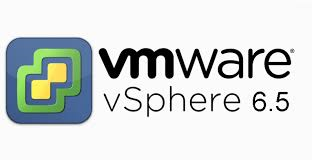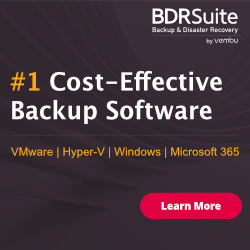
vSphere 6.5 brought lot of features for major SDDC deployment including enhancement to Host Profiles. Host Profiles is a configuration management and compliance feature of vSphere that makes it possible to enforce consistent settings across hosts and clusters. vSphere 6.5 adds a number of improvements to Host Profiles, a VMware ESXi management feature that administrators use to apply and maintain consistent configuration settings for multiple hosts. In this demo, we will show how to create, edit, and copy settings in Host Profiles
Host Profiles – Granular Compliance Results
One of the main uses of Host Profiles is to see how a host’s configuration compares to the attached profile. Prior to vSphere 6.5, user interfaces would indicate when a setting was not compliant, but it would then be up to an administrator to investigate the actual values on a host, and in the profile, to determine the differences. Now in the current version of vSphere, host and profile values are shown side-by-side, making it trivial to understand what is causing the host to be out of compliance and how to proceed.hp-sidebar
Host Profiles – Batch Host Customization
Clusters that are managed using Host Profiles have many consistent settings, but there are always items that must be unique for each host. These unique settings are known as host customizations or, previously, answer files. In vSphere 6.5, administrators have the option of exporting a CSV file for offline editing of these attributes. This PWT demonstrates how to change a host interface from DHCP to static IP addressing.
Host Profiles – Create, Edit & Copy Settings
See the process of creating a Host Profile from a configured host, using the new enhanced GUI editor to make changes, and understand the value of the new ability to copy settings from one profile to another. This capability can serve as a building block for you to create a hierarchy of profiles for even better consistency across clusters. In this example, you can see how to store VMware ESXi root credentials in a centralized profile so that these can be copied to subordinate profiles, as needed, to accommodate your corporate security standards.
Source: VMware blogs


